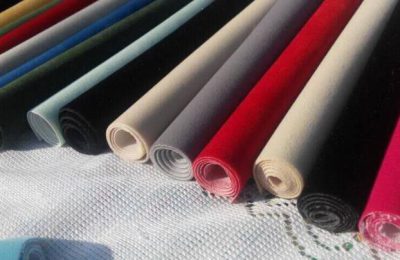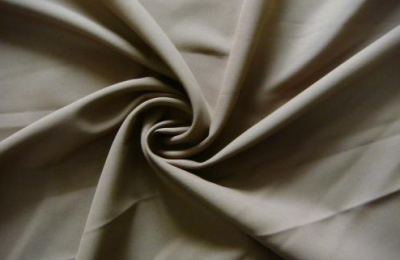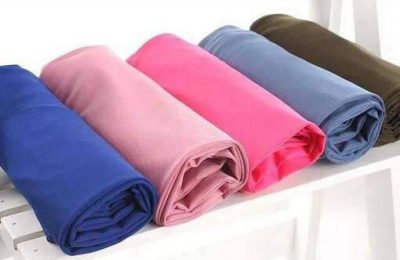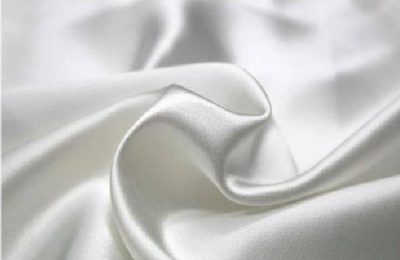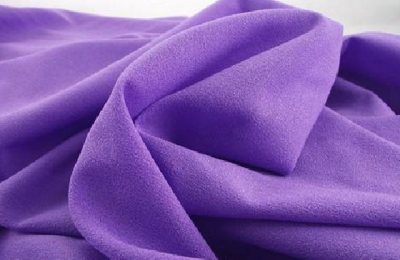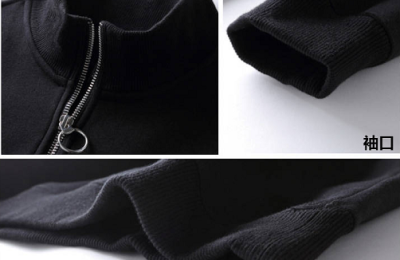The process of Japanese wet-laid non-woven fabrics is wet-laid, which is a fiber web made by collecting suspended fibers in a water tank, and then through a series of processes such as solid webs to form a paper-like non-woven fabric .
The development of high-tech fibers and the rediscovery of natural fibers in modern building materials continue to create professional markets for nonwovens in almost all industrial fields.
Their application areas include: automotive industry, aerospace industry, agriculture and construction, medical/health industry, and housekeeping, etc.
Japanese wet-laid non-woven fabric forming technology originated from the paper industry.
In paper production, fibers are suspended in an aqueous solution.
The water flows out of the flat mesh while the fiber material remains on the mesh to form a uniform sheet, which is then bonded, dried, finished and wound.
The definition of the International Nonwovens Association is: “Wet-laid is a fiber web made by settling fibers suspended in a water tank, and then processed through a series of processes such as fixed webs to form a paper-like nonwoven fabric. .
“Wet-laid nonwoven fabric is a fiber web made by dehydrating water, fiber and chemical additives in a special former, and is a nonwoven fabric obtained after being fixed by physical and chemical methods.
Suzhou ptfe filter membrane manufacturer supplies Japanese wet-laid non-woven fabrics, polyester non-woven fabrics, polypropylene non-woven fabrics and other non-woven fabrics. We have a complete service system, caring before sales, attentiveness during sales, and rest assured after sales! The company can provide samples and arrange sales personnel for door-to-door service if there are other requirements.
You are welcome to come to the company for inspection or enter the store to consult us at any time.
</p



